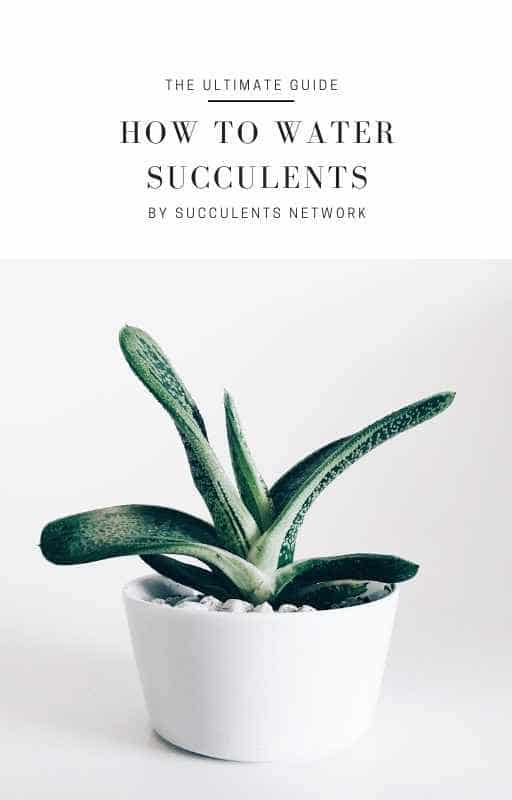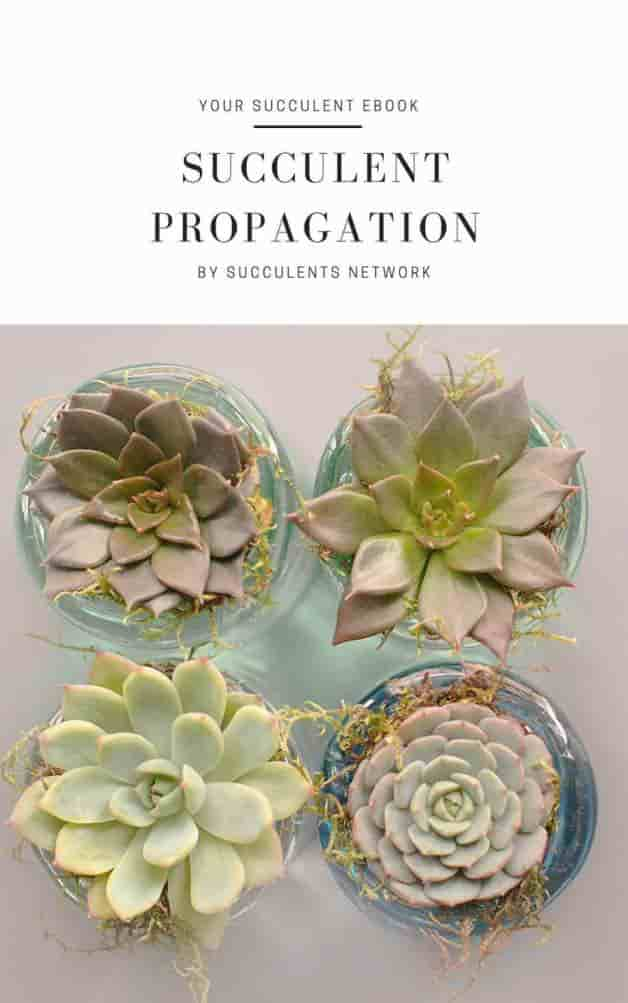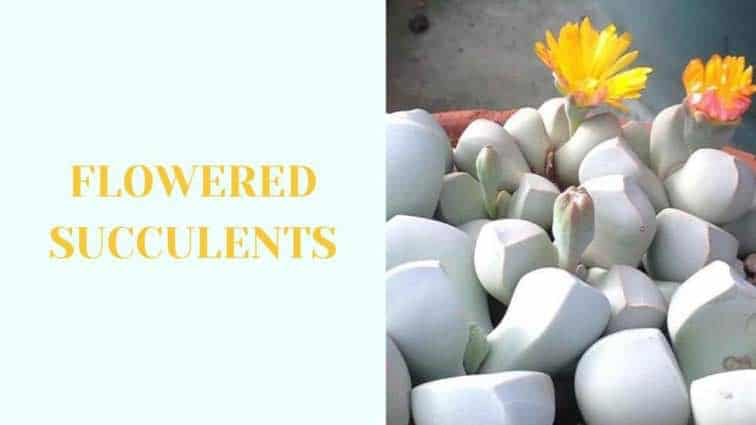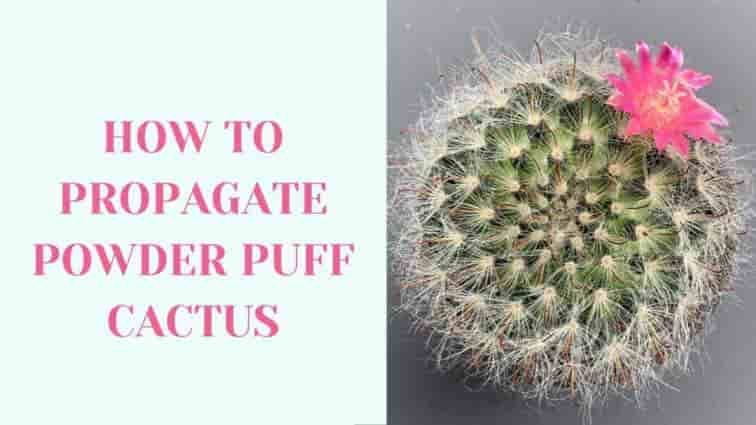If you’re passionate about unique and exotic plants, Trachyandra Tortilis might capture your interest. Native to South Africa and occasionally found in Madagascar, this succulent is celebrated for its distinctive appearance and rarity in cultivation. Belonging to the Trachyandra genus, which includes species like Trachyandra hirsutiflora and Trachyandra saltii, it boasts a variety of fascinating characteristics.
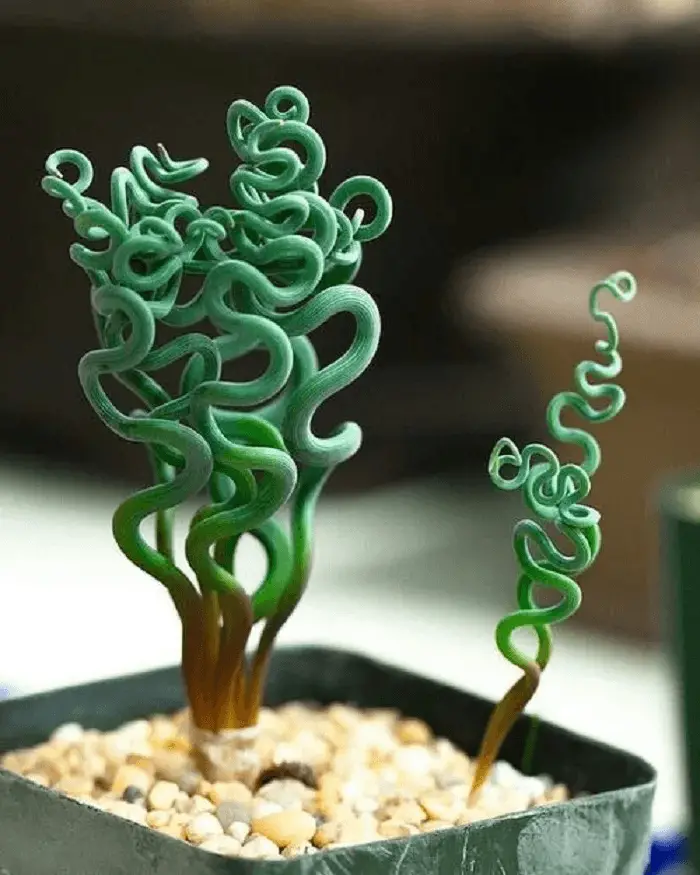
Picture via unusualseeds
Unique Characteristics of Trachyandra Tortilis
Trachyandra Tortilis is renowned for its curly, linear leaves that can grow up to 24 inches long and exhibit a fresh green color. This plant is not only a visual delight but also has a practical aspect; the indigenous people of South Africa, where it is commonly known as “veldkool,” use the flower spikes as a vegetable. The leaves feel leathery to the touch, and during its blooming season in late winter to early spring, it features white to gray flowers that are subtly tinged with pink and have a distinctive brown line running along their length.
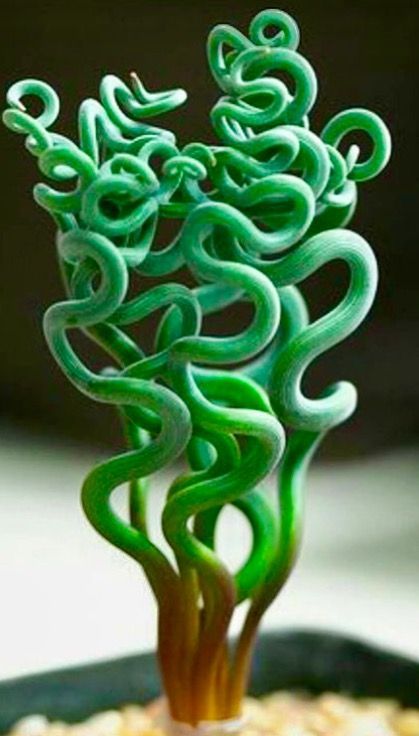
Picture via unusualseeds
Cultivating Trachyandra Tortilis
Growing Trachyandra Tortilis can be a challenging yet rewarding endeavor. This succulent requires well-draining soil and should ideally be grown as a houseplant to manage its environment effectively. It is a winter grower, meaning it will enter a dormancy period in summer. During this time, it should be watered minimally — once or twice throughout the month is sufficient.
How to Water and Care for Your Trachyandra Tortilis
Proper watering is crucial: water every two weeks from fall to spring and allow the soil to dry out completely between waterings. The plant’s sensitivity to overwatering means it could succumb to root rot if conditions are too wet. Ensure the potting mix is rich and includes elements like rocks or perlite to enhance drainage and airflow.
Propagating Trachyandra Tortilis
Propagation of Trachyandra Tortilis can be done through seeds or leaf cuttings. Although seeds may take up to three years to develop into a new plant, leaf cuttings are a quicker alternative. Use sterile scissors to cut the leaf, allow it to callus over a few days, and then lay it on well-draining soil. This method is particularly effective and less likely to damage the plant’s unusual leaf structure.
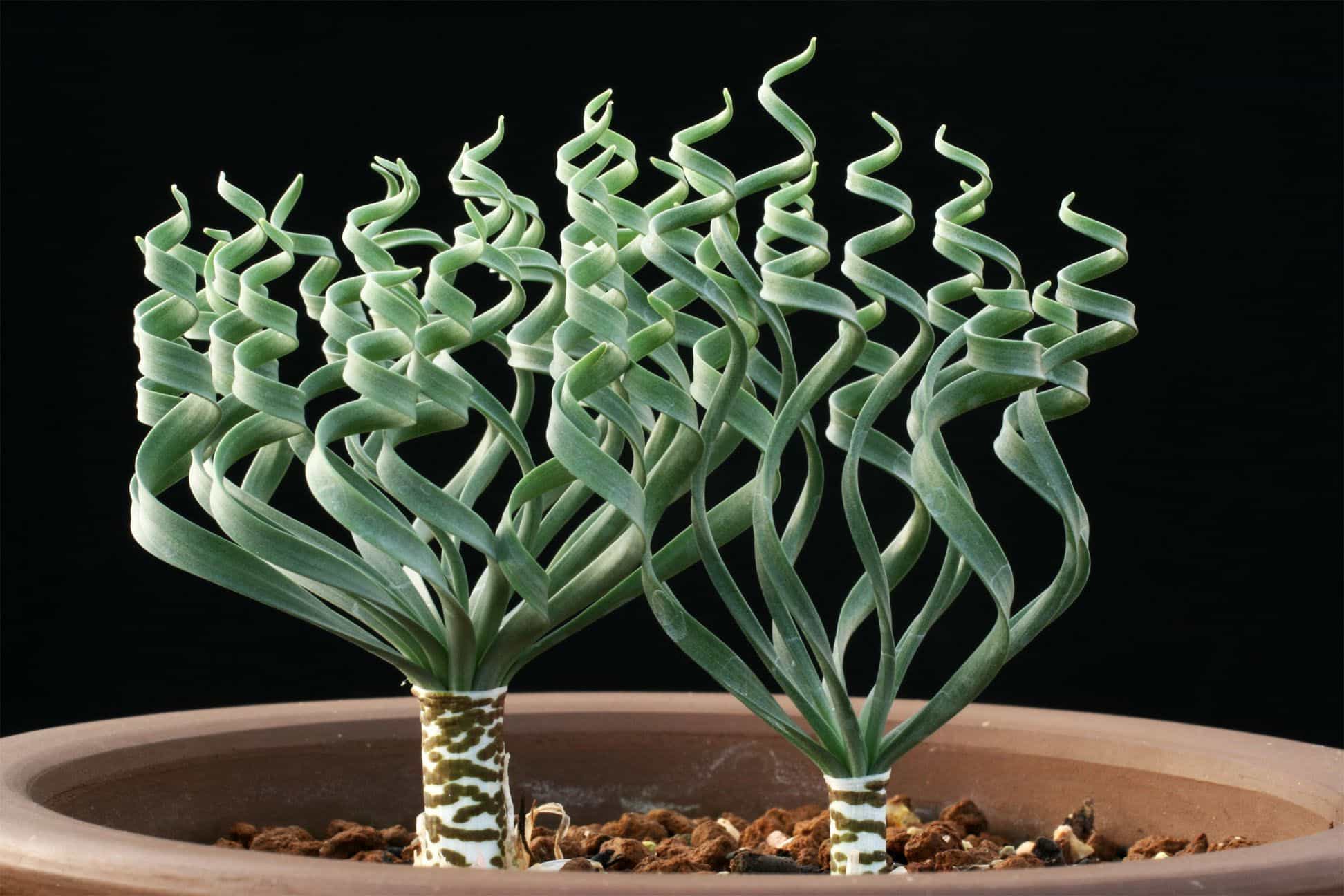
Picture via africa-seeds
Where to find Trachyandra Tortilis
This plant species ‘ flowers are usually stripped with a pale pink color and green depending on the multi-branched spike. Growing Trachyandra Succulents can be challenging to consider how rare it is in cultivation. So if you are one of the lucky few that can find this plant, it could be expensive to buy. However, the joy of owning this succulent is well worth the cost. Because the plant is native to South Africa and is therefore used to certain conditions, it needs to be planted in well-draining potting soil if you are planning to cultivate it for indoor use or a houseplant. These succulents are also winter growers, which means that in summer, the plant will go dormant and stay under about a month.
How Often to Water Trachyandra Tortilis
You should only provide the plant with a minimum amount of water possible during this period. That means you should only water it once or twice during the whole month. Naturally, you need to experiment with our plant and the conditions you live in. It should also be kept in a well-ventilated but dry area. The plant will begin to regrow when the Winter arrives. For more details, have a look at Trachyandra Tortilis guide.
That means that your plant will begin to regrow its leaves. Then care is mostly a matter of providing plenty of sunshine. Because these bulbs are vulnerable to rot in extremely wet conditions, proper ventilation is crucial. Do not over-water the plant because it will die. While Trachyandra succulent may require regular watering every two weeks from fall throughout the spring throughout its active growth, be sure to allow the plant to dry out between waterings.
